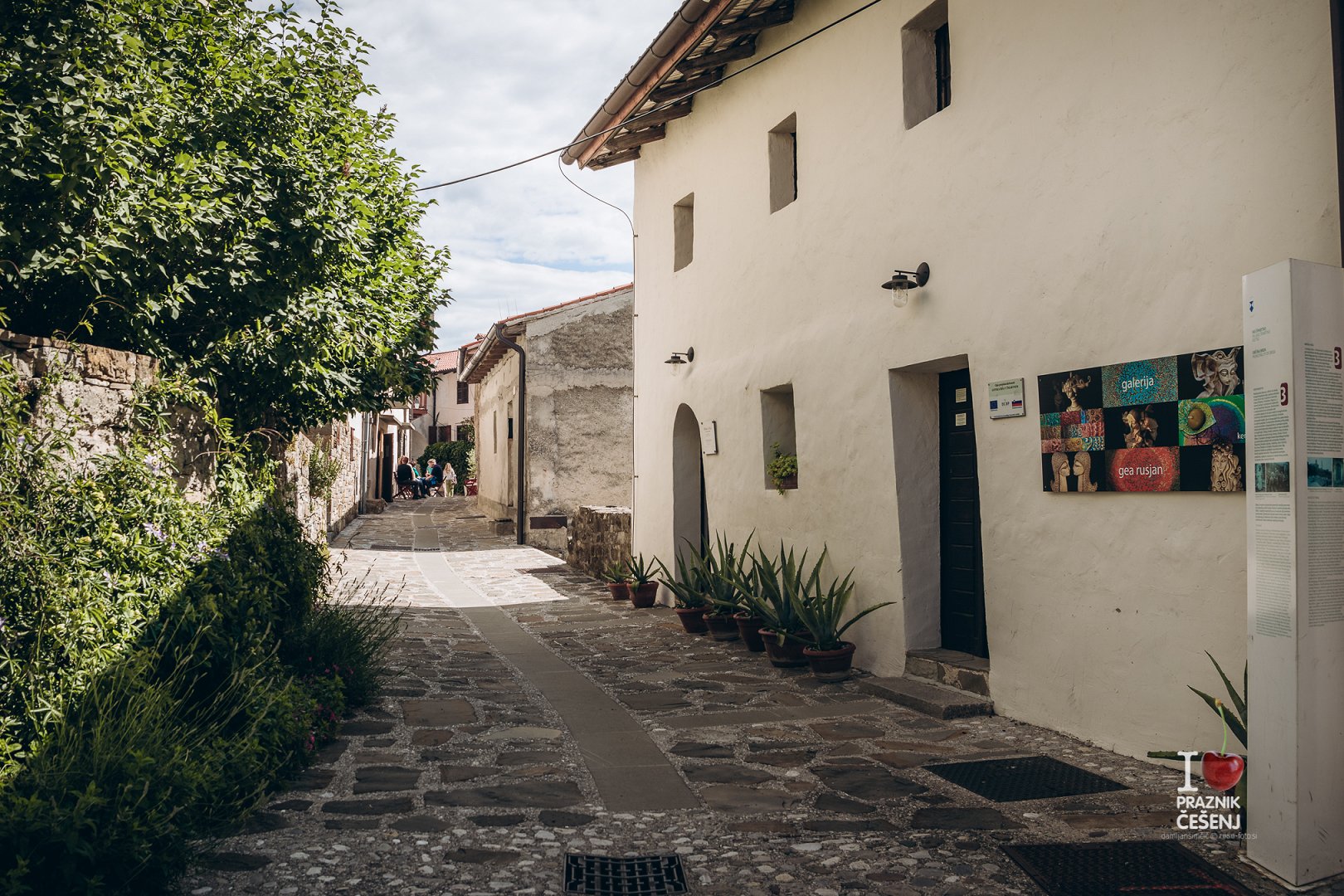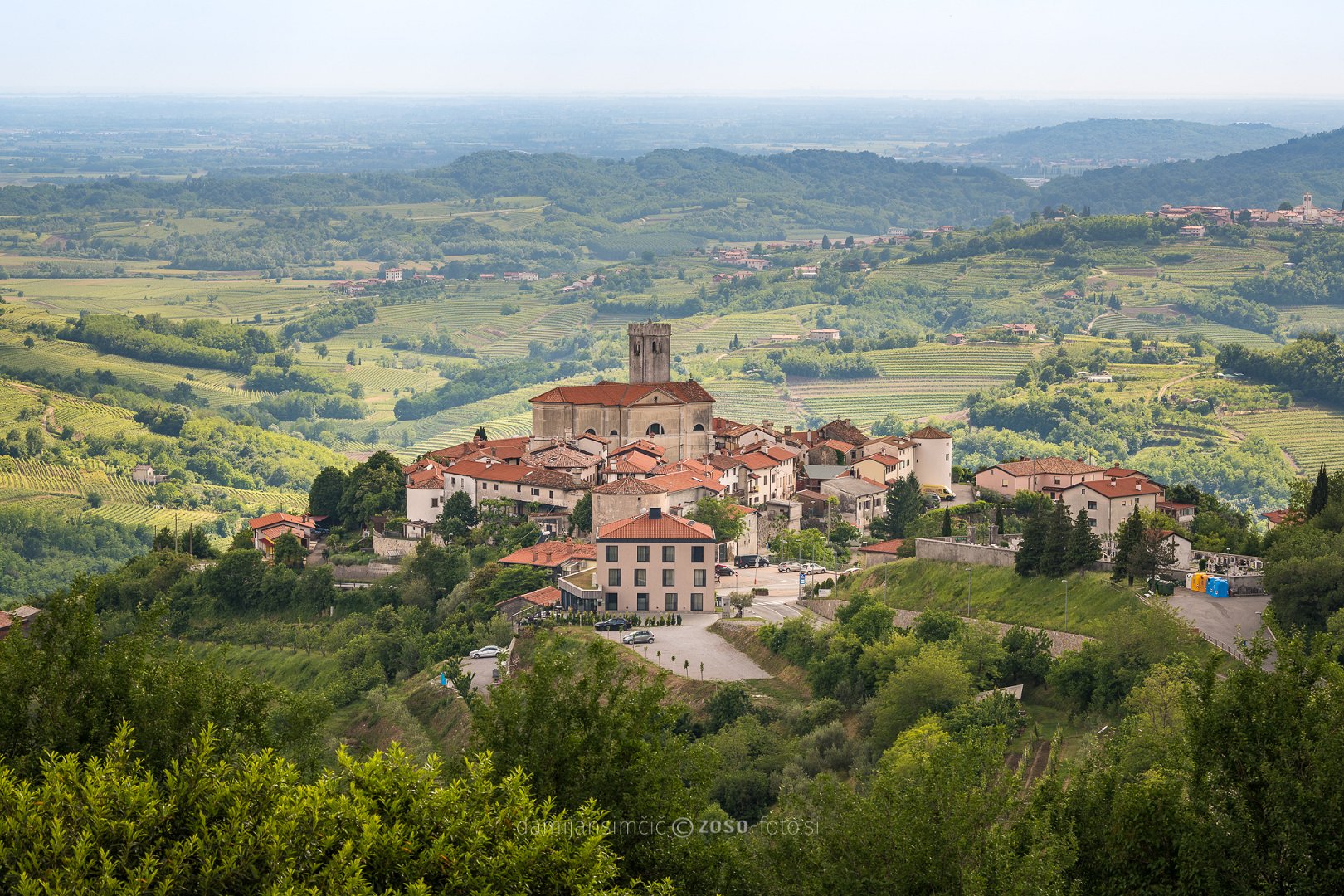The Brda house
The Brda House presents the residential culture in Brda. There you can see a traditional wine cellar, an exhibition on the development of Brda House from prehistoric times to the present day with a film showing Brda and life in Brda in the mid-20th century.
The exhibition entitled ''The residential culture of the Brda House'' is located on the ground floor and first floor. The rooms are furnished in the style of the residential culture of the past. On the ground floor, a “mezad” (dining area) is presented at the entrance. “Mezad” was an area besides the fireplace or kitchen. It was used for dining, but also for domestic work such as sewing, spinning yarn and the like. If they did not have a special pantry, it was used for storing food. For the wealthy, the “mezad” was a sort of "better room", a place for formal occasions, but also a storage and a handy place for certain chores. It was also used to store or display the better pieces of crockery. The handicrafts, curtains and tablecloths made by Jožica Pulc, a local woman from Šmartno, give the room a homely and warm feel. The sprinkler and rosary were donated by Darinka Sirk.
On the first floor, two rooms, a bedroom and a granary, are presented in the attic The furnishing of the bedroom depended, of course, on the wealth of the family. In addition to the bed, there were chests “banjke” - and drawers - “škrinje”, built-in or standing wardrobes, and much more. The furnishings of the “kambra” date from different time periods and from families of different wealth. In fact, it is a collage of the way houses were furnished in the old days: with what they could afford and also with what they liked. Here, in addition to Jožica Pulc's hand-embroidered curtains, the space is enlivened by home-embroidered sheets and underwear donated to the museum by Mrs Elvira Markočič.
Under the roof, a granary was built to store crops such as corn, wheat, apples, potatoes, walnuts and hazelnuts. The unhusked corn was woven into braids which were hung up, while other crops were stored in sacks, boxes and old, worn-out chests. Hazelnuts and walnuts were protected from rodents by putting them in a closed wicker basket called a “čebelon” and hanging it from the ceiling or a hook. The exhibition thus built on an exhibition that had already been set up, showing the development and parts of Brda House in the past. The objects bring the house to life and attract attention with their testimonial power. The exhibition was set up by the Goriška Museum and made possible financially by the ZKTMŠ and the Municipality of Brda.
Entrance is free.


